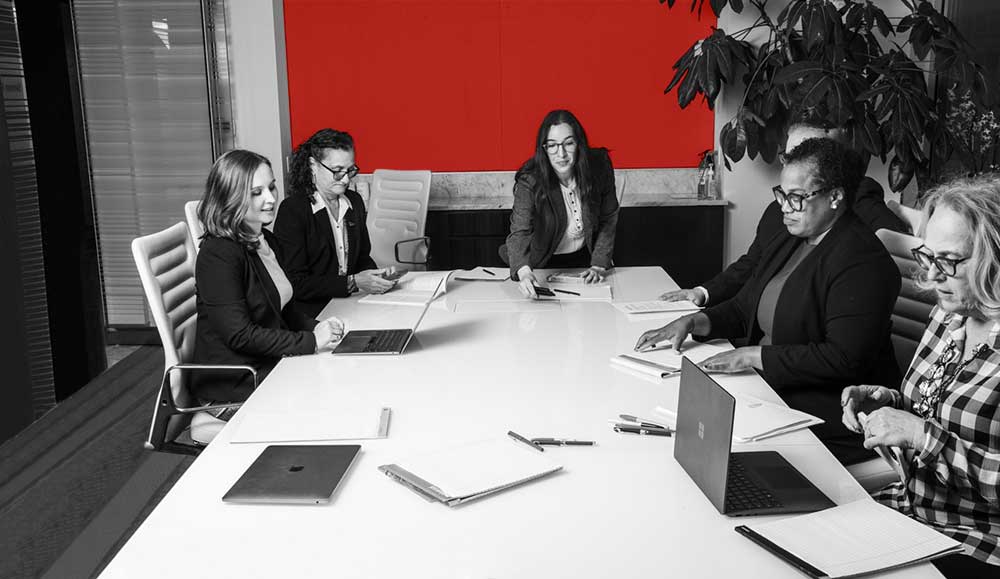In nearly all Chapter 11 cases, shortly after the petition is filed, the U.S. Trustee’s office appoints a committee of unsecured creditors. The committee plays a key role in the Chapter 11 case, speaking as the voice of the unsecured creditors on all manner of issues that come before the court. The committee also receives substantial amounts of non-public information from the debtor concerning its operations, finances and future plans. Because of the committee’s key role in helping to shape the outcome of the case, and because of its access to information, it is generally a good idea for a union or fund with a sizeable stake in the case to consider seeking a seat on the committee. To do so, the union or fund should write to the U.S. Trustee’s office as soon as the Chapter 11 case is filed, expressing its interest in serving on the committee and explaining why it qualifies for the committee.
The creditors committee ordinarily consists of those creditors willing to serve on the committee who hold the seven largest claims against the debtor. Section 101(10)(A) of the Bankruptcy Code defines a creditor as an entity with a claim against the debtor that arose before or at the time of the bankruptcy filing. Section 101(5), in turn, defines a claim as a “right to payment,” whether fixed or contingent, liquidated or unliquidated.
Unions and funds are eligible to sit on a creditors committee so long as they are creditors of the Chapter 11 employer. A union is a creditor if, for example, at the time the employer filed for bankruptcy, the employer owed wages or benefits to employees under the union’s collective bargaining contract, had failed to satisfy pending grievances or arbitration awards, or had failed to pay to the union dues that the employer had withheld from employees’ paychecks. A fund may be a creditor if, for example, the employer owed it contributions or withdrawal liability.
In In re Altair Airlines, Inc., 727 F.2d 88 (3d Cir. 1984), the leading case on union eligibility to serve on a creditors committee, the Third Circuit rejected the debtor’s argument that a union seat on the committee would be inappropriate because the union’s interest in preserving jobs may put it at odds with trade creditors on the committee interested in maximizing the recovery on their claims. The bankruptcy court for the Southern District of New York in In re Barney’s, Inc., 197 B.R. 431 (Bankr. S.D.N.Y. 1996), similarly held that a multi-employer pension fund with a contingent withdrawal liability claim was properly a member of the creditors committee even though the fund might disagree with other committee members over committee objectives and strategy.
While unions and funds qualify to sit on a creditors committee if they are creditors of the debtor, they should be aware that, as members of the committee, they would have a fiduciary duty to the entire group of unsecured creditors and must conduct themselves on the committee accordingly. In addition, information about the debtor obtained by the union or fund by holding a seat on the committee may not be disseminated except in a manner consistent with the confidentiality agreement entered into between the debtor and the committee’s members. Breach of either the fiduciary duty or of confidentiality could result in the union or fund being dismissed from the committee. Finally, a union or fund considering serving on a creditors committee should be aware that doing so is a commitment of time and resources: if appointed to the committee, the union or fund would need to have one of its representatives attend committee meetings, which are typically held on a regular basis, by telephone, throughout the duration of the case and participate in the committee’s deliberations.
